
The nation is bracing for recession. The Federal Reserve continues to steadily raise its federal funds rate in an attempt to kill inflation, and some fear an economic downturn will be an unfortunate side effect of that campaign.
CEOs of major companies are especially worried that the economy will contract soon. A staggering 86% of chief executives polled in October forecast a recession in 2023. And they are wasting no time getting ready for hard times.
Around a dozen big companies recently have announced layoffs of 1,000 employees or more. Some of these companies are trying to restructure while others appear to be getting lean and mean before a downturn potentially arrives.
Following is a roll call of the firms slimming their workforces.
3M

Around 2,500 employees will lose their jobs at 3M, Chairman and CEO Mike Roman said in a Jan. 24 report. Slowing growth is behind the decision at the multinational conglomerate which owns brands such as Post-it, Filtrete and Scotch. The layoffs will affect global manufacturing roles, according to the company.
If you are an older worker who has lost a job, make sure to avoid the “9 Ways to Screw Up a Job Search When You’re 50 or Older.”
Dow
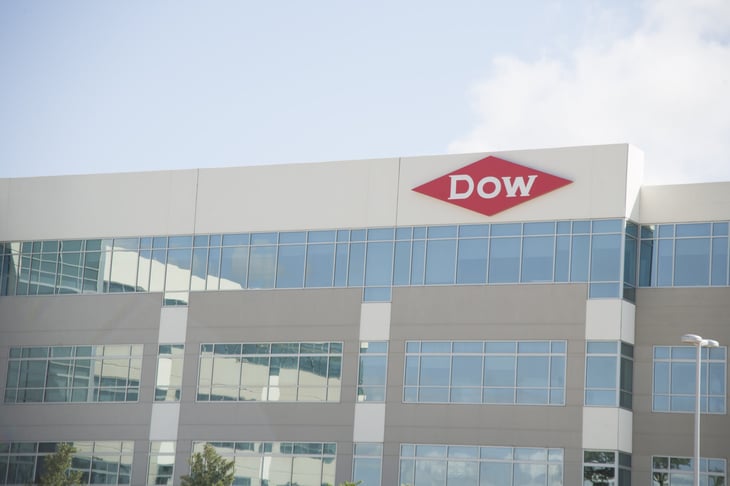
Dow plans to lay off about 2,000 employees worldwide.
The chemical company said in late January that it wants to cut $1 billion in expenses to help it cope with a slowing economy and drooping demand.
IBM
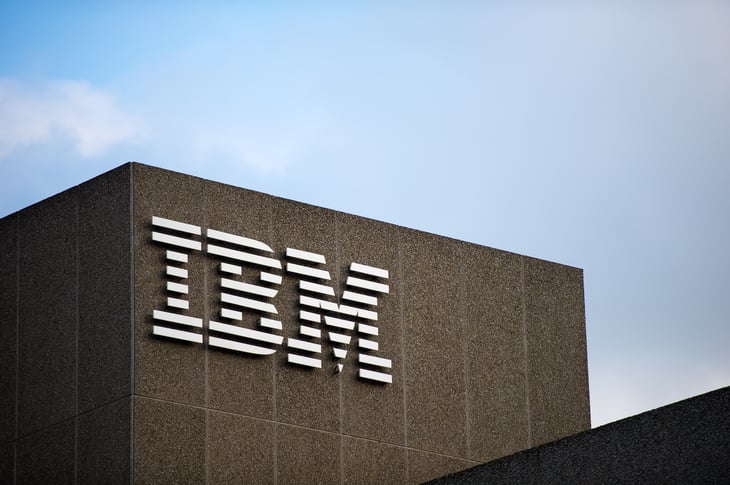
IBM plans to cut about 1.5% of its workforce. In a Jan. 25 interview with Bloomberg, CFO James Kavanaugh estimated that around 3,900 workers would lose their jobs.
The bulk of lost jobs stems from the multinational technology company’s decision to spin off its Kyndryl and Watson Health units, Bloomberg reports. Kavanaugh said hiring will continue in “higher-growth areas.”
SAP
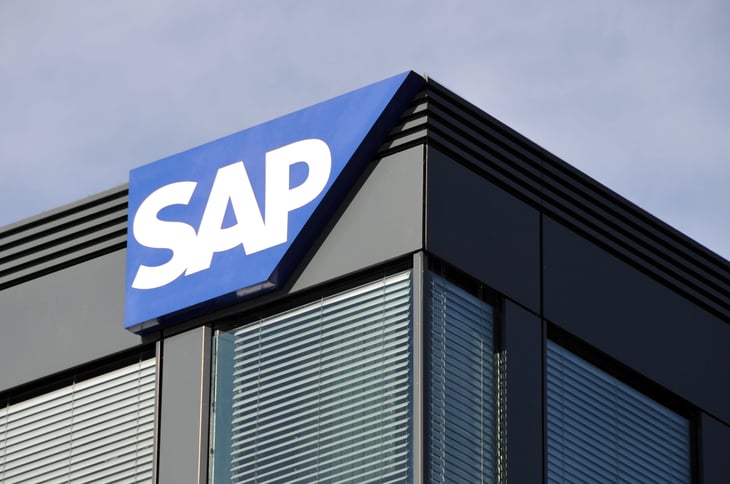
Europe’s largest software company plans to eliminate 2.5% of its workforce worldwide. That means roughly 2,800 employees will get pink slips, according to an earnings report published Jan. 26.
SAP hopes the layoffs will position it better in a slowing economy and allow the company to focus on its cloud business and other areas.
Goldman Sachs

In January, investment bank Goldman Sachs began the first of what it said would be 3,200 layoffs.
A slowing economy and woes in both retail and investment banking led to the company’s move. Such a large number of job losses has not been seen at Goldman Sachs since the Great Recession.
Coinbase

Coinbase announced in January that it would cut its workforce by about 950 workers. That comes just a few months after the cryptocurrency exchange platform laid off 1,100 workers.
The wave of layoffs at Coinbase reveals how quickly economic conditions are changing. Just one year ago, Coinbase was projecting it would add 2,000 new employees.
Amazon

Amazon notified staff in late 2022 that the company plans to lay off around 10,000 employees. The cuts were expected to impact several divisions, including devices, books, human resources and stores, according to the Seattle Times.
The Times quoted an anonymous former employee who was laid off from the devices division as saying a manager told her and co-workers that their team had become a “little bloated.” Layoffs were expected to continue through 2023.
Carvana

Online used-car dealer Carvana is laying off 1,500 employees, or around 8% of its workforce.
In an email to employees late last year, CEO Ernie Garcia said the company is cutting back due to economic conditions such as higher financing costs and delayed car purchasing.
According to reports, Garcia wrote to employees that the company “failed to accurately predict how this would all play out and the impact it would have on our business.”
Cisco Systems
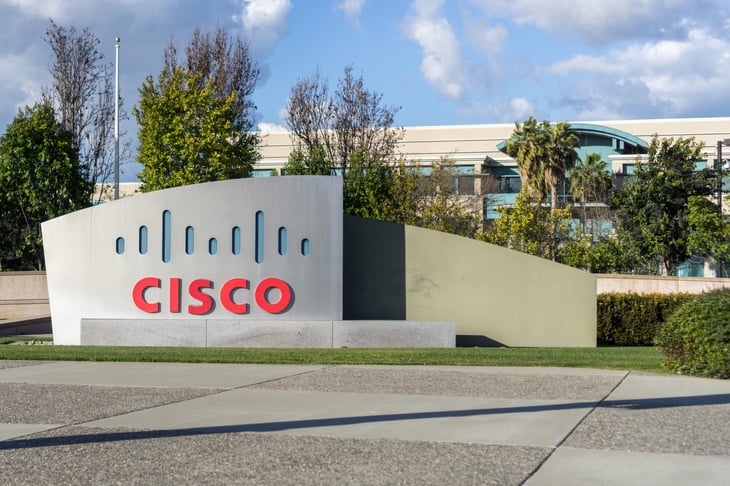
Networking firm Cisco Systems announced in November that it is shedding more than 4,000 jobs, or about 5% of its workforce.
The cuts are part of a planned $600 million restructuring. However, the company noted that it will hire for new roles in the wake of the restructuring and plans to end its current fiscal year with roughly the same number of employees as before the layoffs.
HP
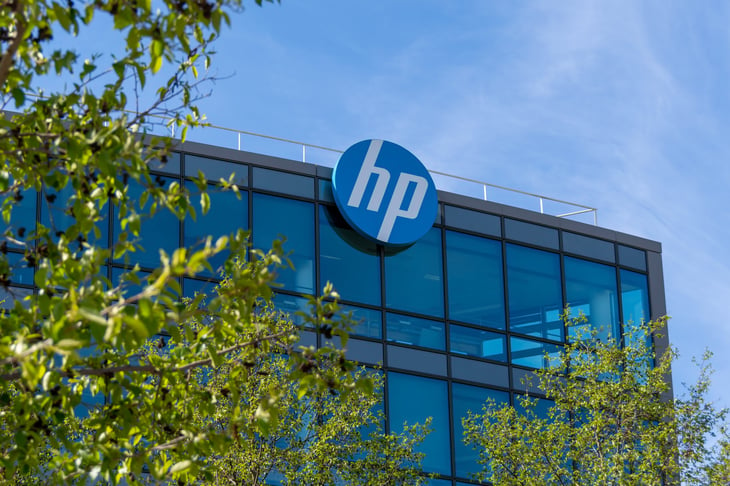
Information technology company Hewlett-Packard has announced layoffs that could mean from 4,000 to 6,000 employees getting pink slips during the next three years.
The job cuts are part of a plan to generate savings “through digital transformation, portfolio optimization and operational efficiency,” according to an HP press release in November.
Meta Platforms

On Nov. 9, Meta Platforms Inc. — which owns Facebook, Instagram and WhatsApp — announced that it is laying off more than 11,000 staffers, or about 13% of its workforce.
In a letter to employees, CEO Mark Zuckerberg wrote that the move is designed to make Meta “a leaner and more efficient company.”
A hiring freeze will remain in place through the first quarter of 2023. By the end of the year, Meta will be “roughly the same size, or even a slightly smaller organization than we are today,” Zuckerberg wrote.
Stripe

Online payments firm Stripe said in early November that it was laying off roughly 14% of its staff. According to a CNBC report:
“Stripe said its head count will be reduced to about 7,000 employees, which means the layoffs will impact roughly 1,100 people. A Stripe spokesperson was not immediately available to provide the exact number of impacted employees.”
In a memo to employees, CEO Patrick Collison said the layoffs were necessary due to rising inflation, fears of an impending recession, higher interest rates and other factors.
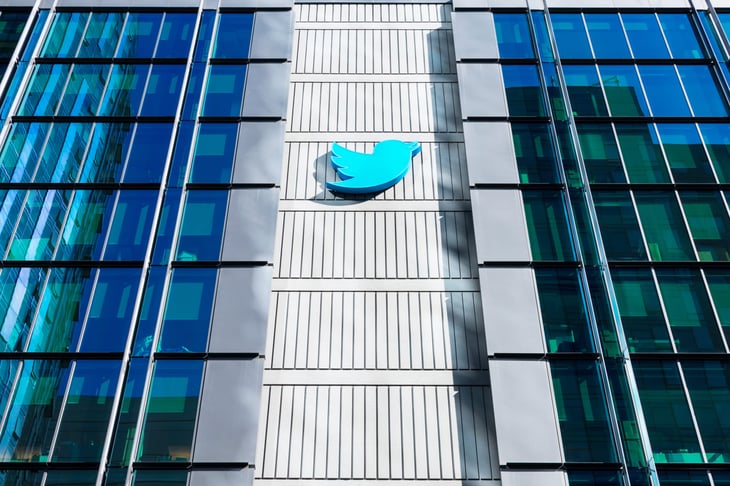
In perhaps the most publicized round of layoffs, new Twitter owner Elon Musk cut the company’s workforce significantly in November.
According to a CNN report:
“Musk appeared to frame the sweeping layoffs as necessary for a company that, like other social media firms, was experiencing ‘revenue challenges’ prior to his acquisition as advertisers rethink spending amid recession fears.”
The layoffs — and an estimated 1,000 resignations since Musk took over — mean Twitter’s employee roster has shrunk from 7,500 employees to about 2,700.
But the trend toward slimming down Twitter may be over. At least one report suggests that the company is now back in hiring mode.
